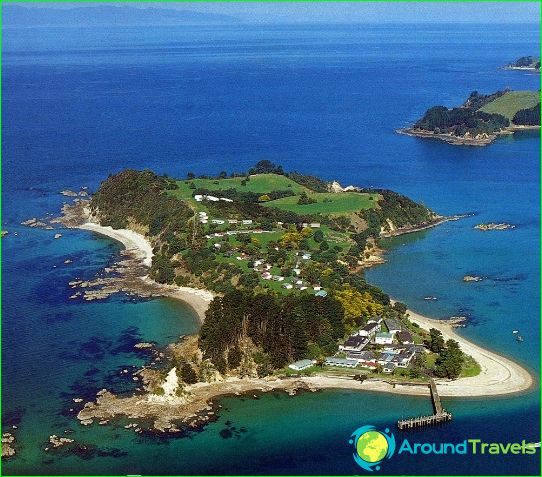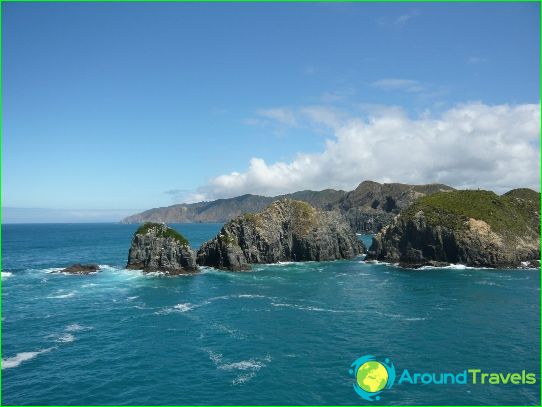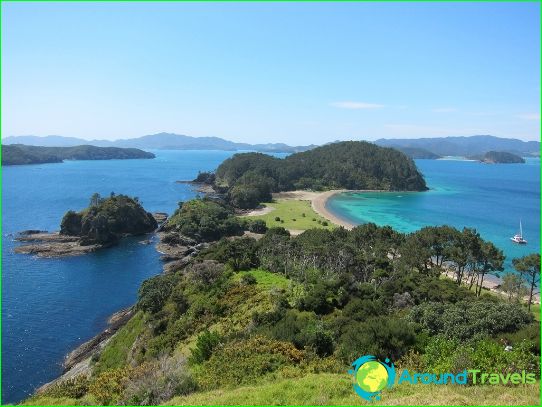Islands of new zealand

New Zealand occupies two large islands in the Pacific Ocean, which are designated the South and North. In addition to them, the state owns about 700 small islands. The country is located very far from Europe, which makes it isolated from the rest of the world. The islands of New Zealand are adjacent to Australia. They are separated by the Tasman Sea. The closest states are also Fiji, Tonga and New Caledonia..
Brief description of New Zealand
The area of the country exceeds 268,670 sq. km (including all incoming islands). Wellington is considered the capital. The population of New Zealand is only 4,414,400 people. The official languages are Maori and English..
In past centuries, the lands of the country were inhabited by the Moriori and Maori tribes (Polynesian peoples). Europeans appeared on the islands of New Zealand in 1642. They were members of the expedition of Abel Tasman. However, the development of the territories began only a century later. The beginning of this process is considered the arrival of James Cook on the Islands. Later, the strait between the South and North islands was named after him..
The largest islands of New Zealand: Kermadec, Auckland, Stewart, Antipodes, Campbell, Bounty Islands, etc. The coastline of the state stretches for 15,134 km. The largest island in the country is considered to be the South, with an area of 151,215 km. The Southern Alps mountains pass through it with a maximum point of 3754 m - Mount Cook. The western regions of New Zealand have fjords, glaciers and bays. The eastern parts are covered with plains with agricultural land.
South Island locals designate the mainland because of its vast area. If we consider the small islets, then the largest is Stewart, and the most densely populated is Wayheck. Islands outside the main archipelago also belong to New Zealand. There is a permanent population only on the Chatham Islands.
Weather
On the two main islands of the country, the climate is not uniform. The North Island is influenced by a mild subtropical climate. The southern island is located in a temperate zone, so it is much cooler there. The plains of this island are protected from the western by the wind by the ridge of the Southern Alps. The small islands of New Zealand are distinguished by tropical weather conditions, as they are affected by the warm East Australian Current. There is little rainfall in the summer. The average annual air temperature on the North Island is about +16 degrees, and on the South Island it is slightly higher than +10 degrees. Winter in the Southern Hemisphere falls in the months of July, June and August. The coldest month in the country is July. It is very cold in the mountainous areas at this time. Warm months are February and January.




